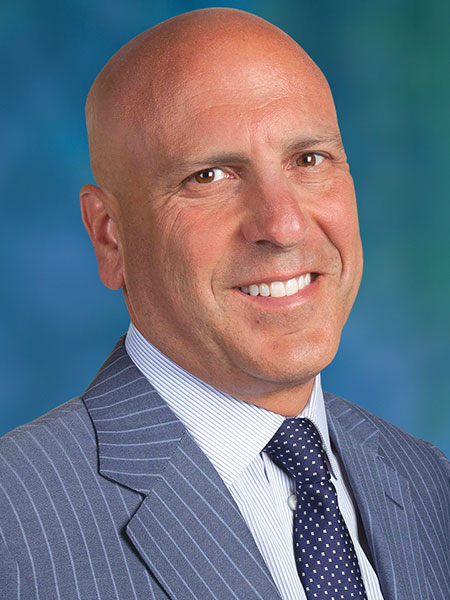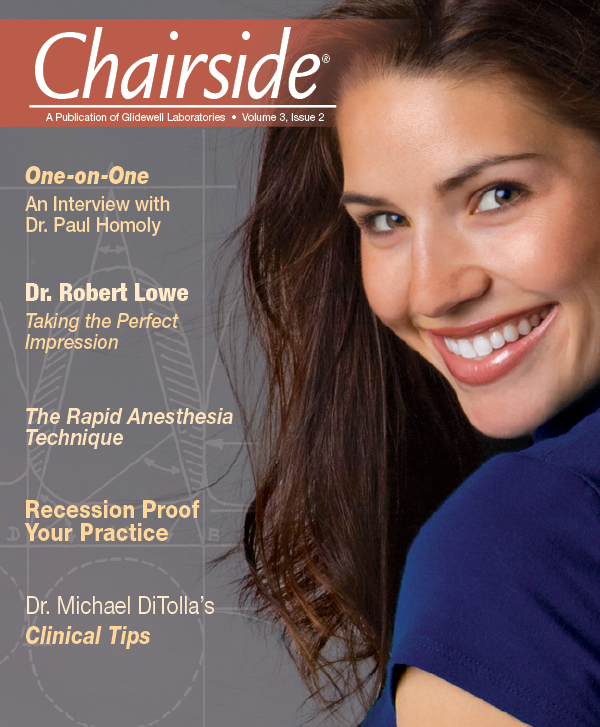Editor’s Letter
Most of the time I like to focus on articles with plenty of pictures. Most of the comments I get from dentists nationwide are that they love how we break things down into simple steps. It’s not often that I will go with an article that is predominantly text because that is what most journals do. This issue has a notable exception.
As I interviewed Dr. Paul Homoly for this month’s issue, we just kept talking and talking. The subject of how to properly talk to patients about big cases fascinates me. Paul has devised a method for communicating with patients that puts the patient and their concerns right at the heart of the formula. We can diagnose all the $10,000 treatment plans we want, but I agree with Paul that there is an art to presenting these treatment plans to patients without making them outraged.
As you walk through our laboratory, you will notice that there are many full arch and full mouth cases sitting in front of our technicians, many of them from the same dentists. It becomes evident that certain dentists are better at presenting large treatment plans to patients.
Inside this issue, we also have a wonderful photo essay from Dr. Bob Lowe, one of my clinical mentors. If you ever get the opportunity to see Bob speak or to attend one of his courses, make sure you don’t miss it. As with many of my clinical mentors, I have spent time in his office, and I can assure you that he is the real deal. His preps and impressions look exactly as they do in his article on here.
And while I consider Bob to be a clinical genius, if you simply do things the same way he does, your end result will look the same way, too. Like loupes, learning new techniques might slow you down in the short term, but it always leads to increased efficiency in the long term. If Tiger Woods, the world’s top athlete, is willing to reconstruct his swing while having success to ensure he will still dominate in 20 years, isn’t it reasonable that you and I could do the same?

Yours in quality dentistry,

Dr. Michael C. DiTolla
Editor-in-Chief, Clinical Editor


